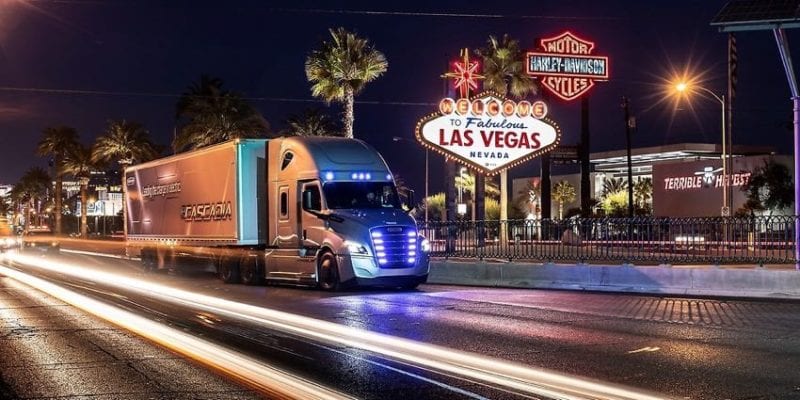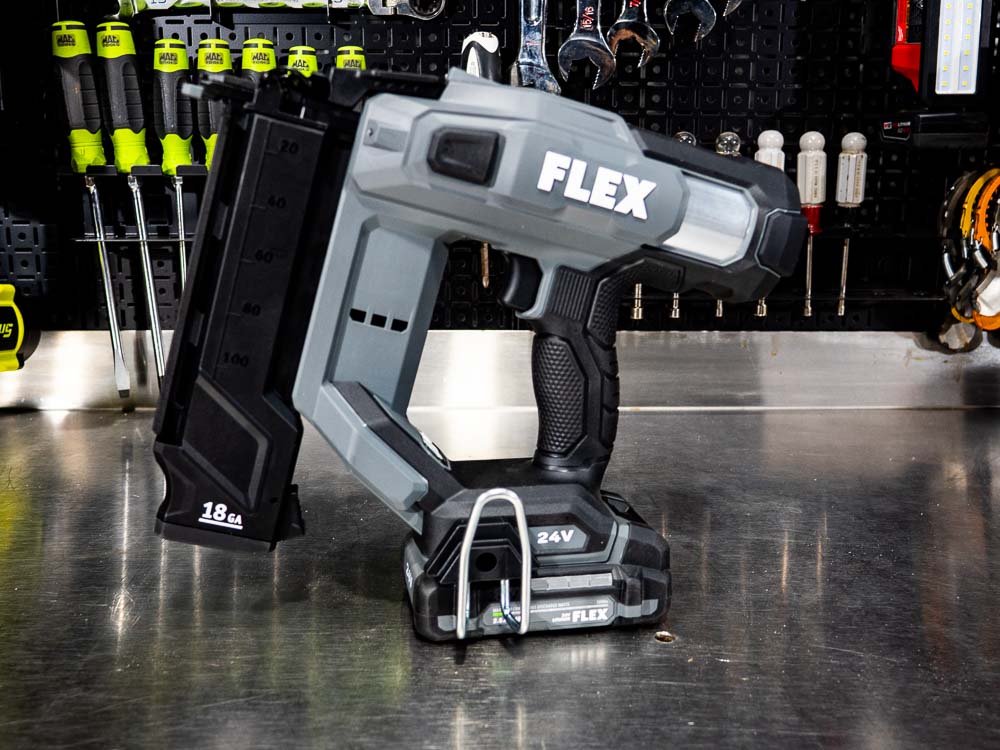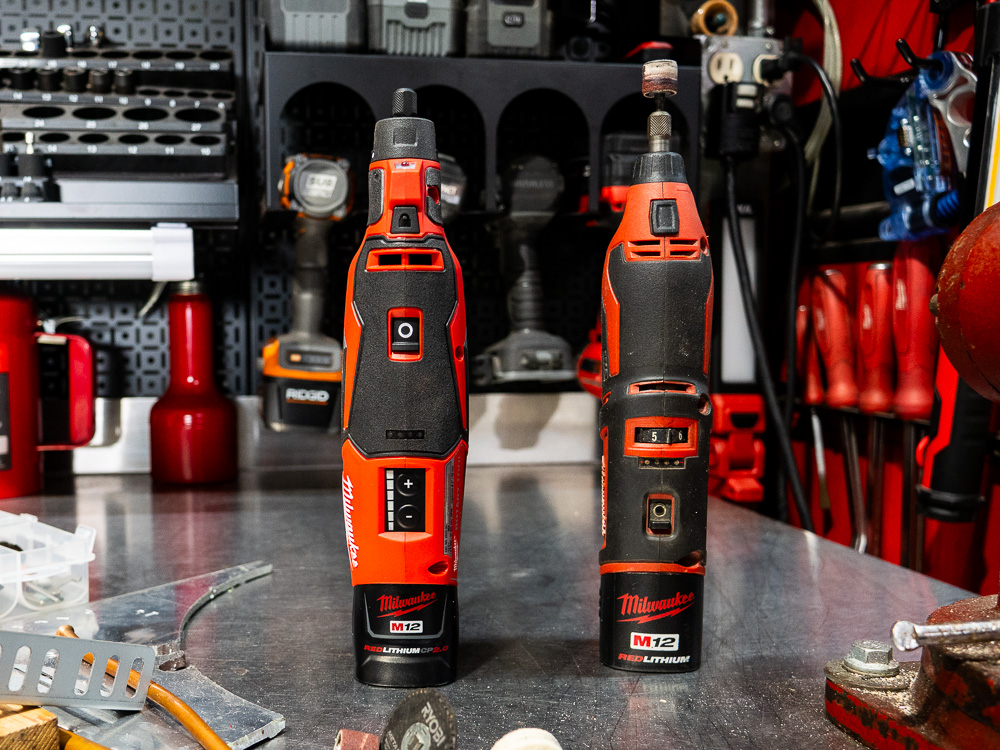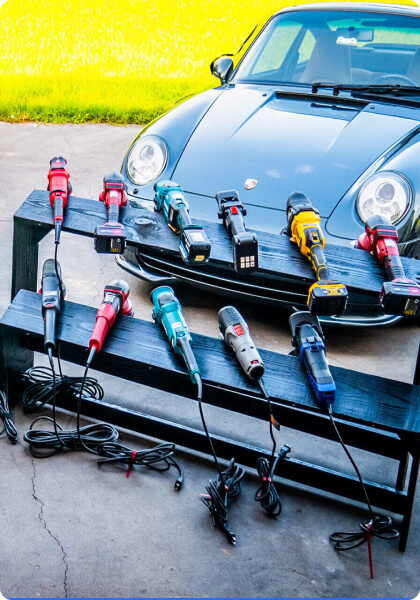At the Consumer Electronics Show in Las Vegas, Daimler announced plans to release its first semi truck to use SAE Level 2 automation on US roads. The Freightliner Cascadia, a Class 8 semi truck, will come standard with Detroit Assurance 5.0 technology and should hit the market in July. It’s a big step forward in creating a self-driving semi.
[alert heading=”10-Second Summary” type=”alert-info” block=”false” close=”false”]
- First semi truck to use SAE Level 2 automation in the US
- Automated emergency braking system
- Automatic wipers, headlamps, and high beams
- Optional Active Lane Assist and Side Guard Assist
- Optional automated manual transmission
- Available Intelligent Powertrain Management with predictive cruise control[/alert]
[adsenseyu1]
Key Automation Features
Using onboard radar and camera systems, the Detroit Assurance 5.0 tech includes an updated automated emergency braking system that can detect pedestrians and cyclists (Managing Editor, Kenny Koehler complains about his close calls while cycling all the time).
It also includes automated wipers, headlamps, and high beams. It can even come with optional Active Lane Assist and Side Guard Assist features that will not only center the truck in its lane but also prevent lane departure while monitoring blind spots. The system can detect objects in front of the Casacadia, as well as along the side.
Diving deeper, the Cascadia can come with a DT12 automated manual transmission and Intelligent Powertrain Management system with predictive cruise control.
These features allow the system to monitor any changes in the grade of the road and rebalance the engine load for better fuel economy. Because this system can “sense” even the most subtle grade changes in the road, it can reduce your reliance on the brake by providing constant torque.

The Philosophy of Moving Closer to a Self-Driving Semi
Daimler looks at this system as an important safety and efficiency solution. Automation reduces the number of traffic accidents caused by human error. Automation systems constantly monitor driving conditions and optimize engine performance, so fuel economy and vehicle uptimes improve.
Global freight is expected to double over the next 30 years and there’s a driver shortage along with a high turnover rate. Like all areas where there’s a worker shortage, it makes automation more attractive and drives the innovation forward.
While SAE Level 2 automation assists with acceleration, braking, and steering, it also requires a driver to maintain control. However, Daimler has announced plans to bypass SAE Level 3 automation altogether and begin testing SAE Level 4 automation on U.S. roads sometime later this year.
This level of automation potentially eliminates the need for drivers in the vast majority of situations, though Daimler isn’t making any promises when they expect it to roll out.
[adsenseyu2]
Should the Trucking Industry Be Excited or Nervous?
Right now, it seems like automation can only make a driver’s job safer. But what does the future look like?
The demand for goods and the shortage of drivers means companies need to find ways to get their products to consumers. A self-driving semi seems like a great idea and Level 2 automation might help reduce the learning curve for new drivers.
It’s a fix for now, but it’s likely that once those self-driving semis hit the road, each one represents a job no longer available for truckers. As manufacturers consider the return on investment, they’ll consider the full cost of every employee. It may be illegal to discriminate based on sex, religion, race, and more, but it’s still okay to replace you with a robot.









Leave a Reply